As a construction worker, concrete cutting is almost always a large part of the job description. In fact, according to Statista, “102,000,000 metric tons of concrete were produced in the United States alone.” However, while most concrete cutting jobs are done expertly and safely by experienced professionals, the danger of dry cutting projects remains.
In this article, we aim to shed a light on the potential dangers of dry cutting concrete and how to avoid these dangers moving forward. To do this, we will start by outlining what these dangers are and then give five ways to protect yourself from them with ease. In this way, we aim to help protect the industries we service on a daily basis and keep our customers safe as they do what they love day in and day out.
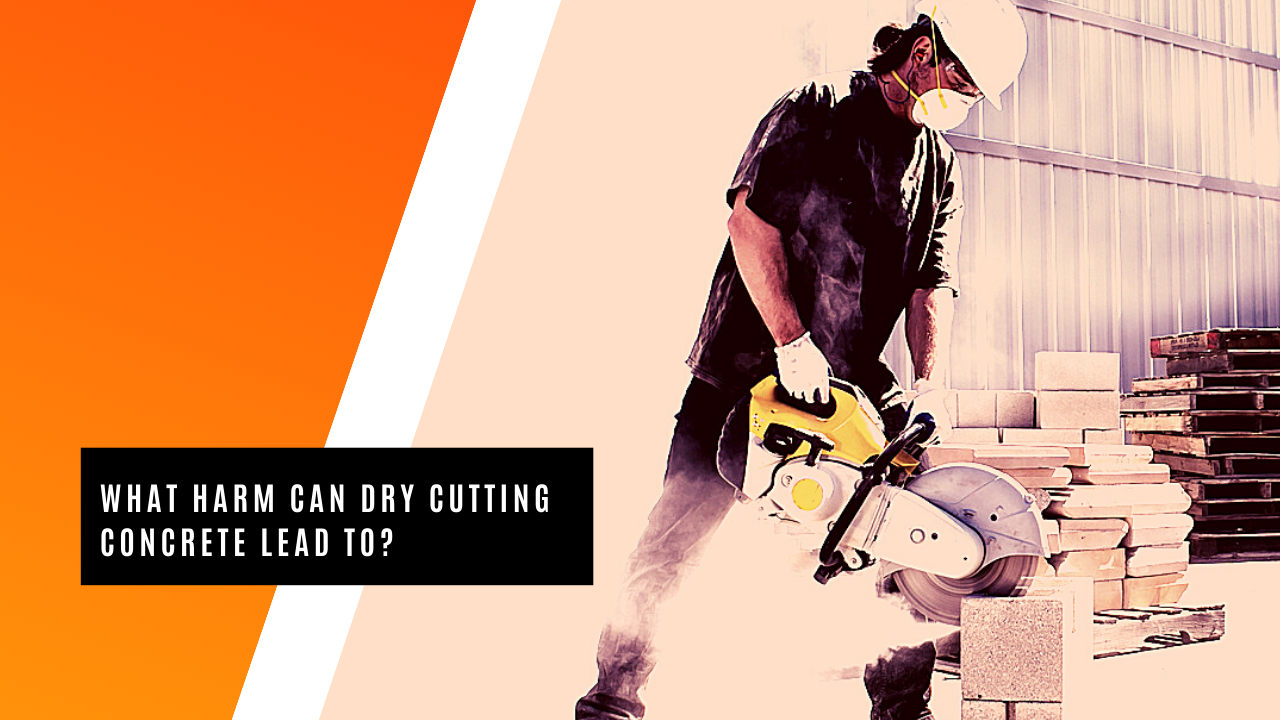
What Harm can Dry Cutting Concrete Lead to?
The act of dry cutting is not where the danger comes into play but rather the dust that you are releasing from this act. According to OSHA, “Workers who inhale these very small crystalline silica particles are at increased risk of developing serious silica-related diseases, including Silicosis, an incurable lung disease that can lead to disability and death, lung cancer, chronic obstructive pulmonary disease (COPD), and kidney disease.” On top of this, these particles can also affect your eyes and nose likewise.
While wearing a mask is the obvious initial answer, you can prevent these particles from damaging your eyes, nose, lungs, and internal organs in many other ways as well. By using these five options below, you can ensure that your safety is upheld no matter what the job is.
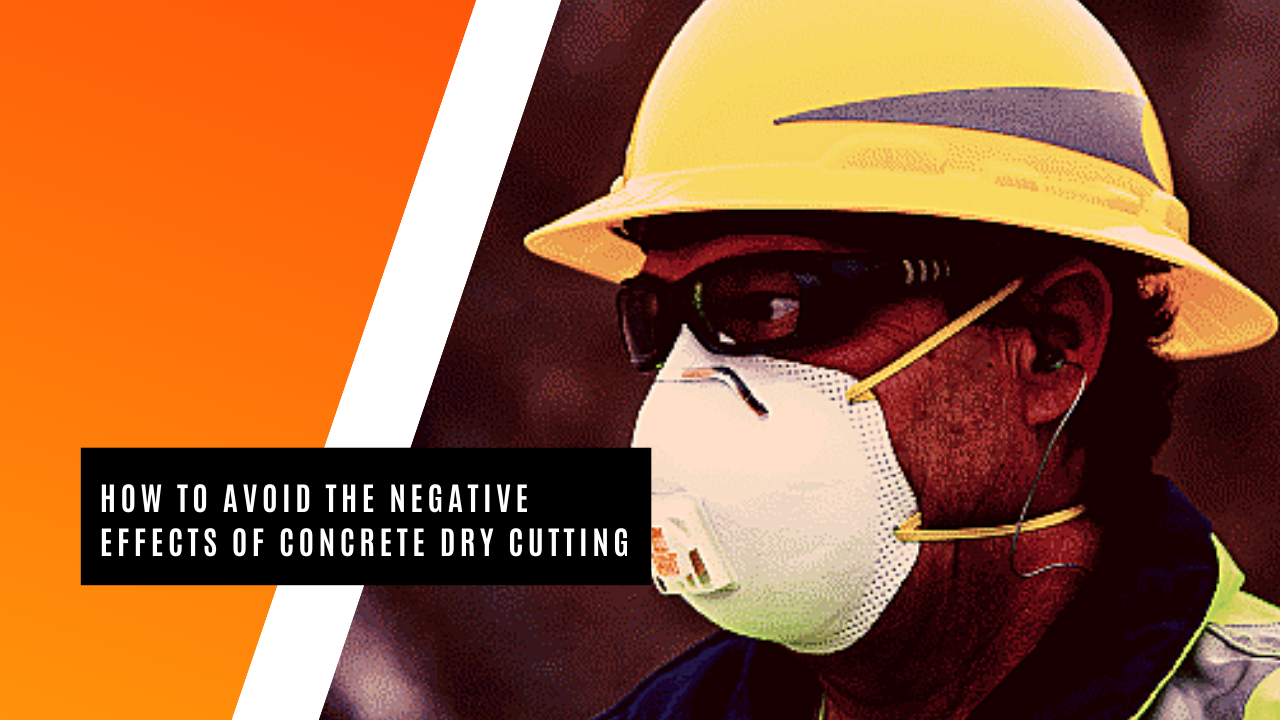
How to Avoid the Negative Effects of Concrete Dry Cutting
With various negative effects associated with dry cutting projects and the inhalation of the particles that stem from these jobs, it’s time we delve into how to stay protected despite using a dry cutting method.
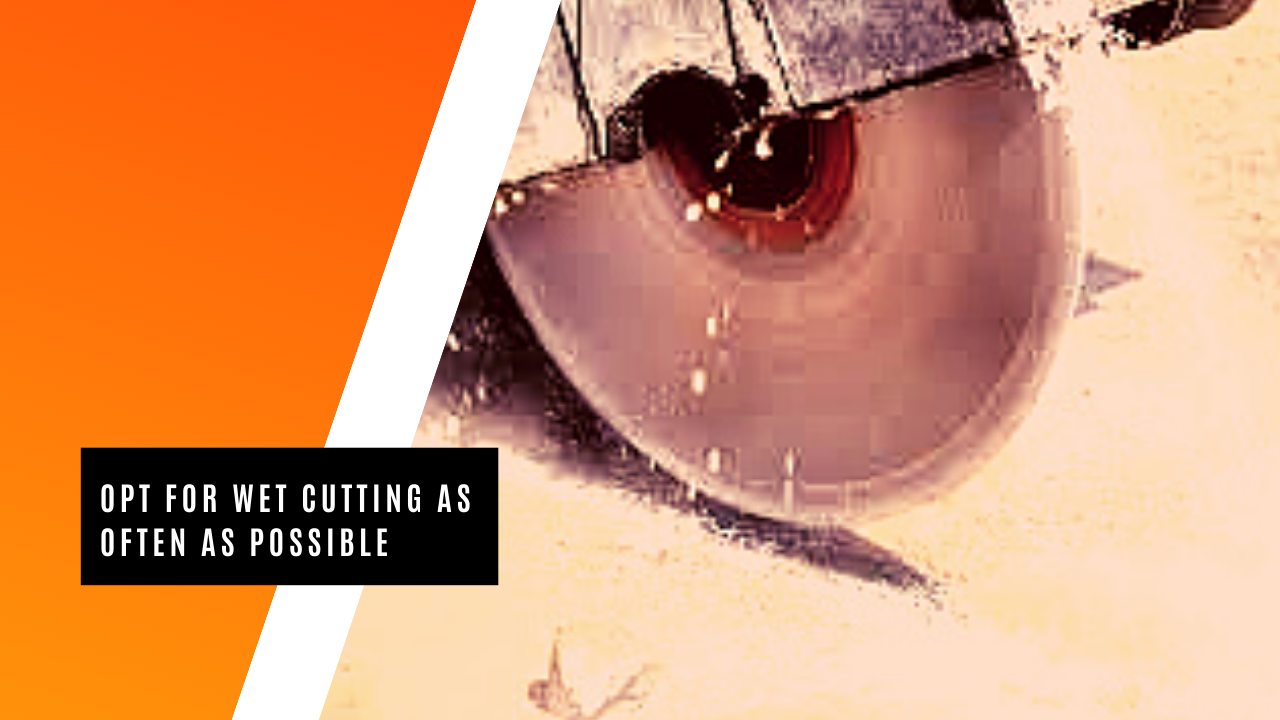
1) Opt for Wet Cutting as Often as Possible
When it comes to cutting methods, the solution to most problems with dry cutting is to simply opt for wet cutting instead. This is allowing you to get a more precise cut without the silica dust dangers. You can also use wet cutting to cut more versatile materials in a more precise manner.
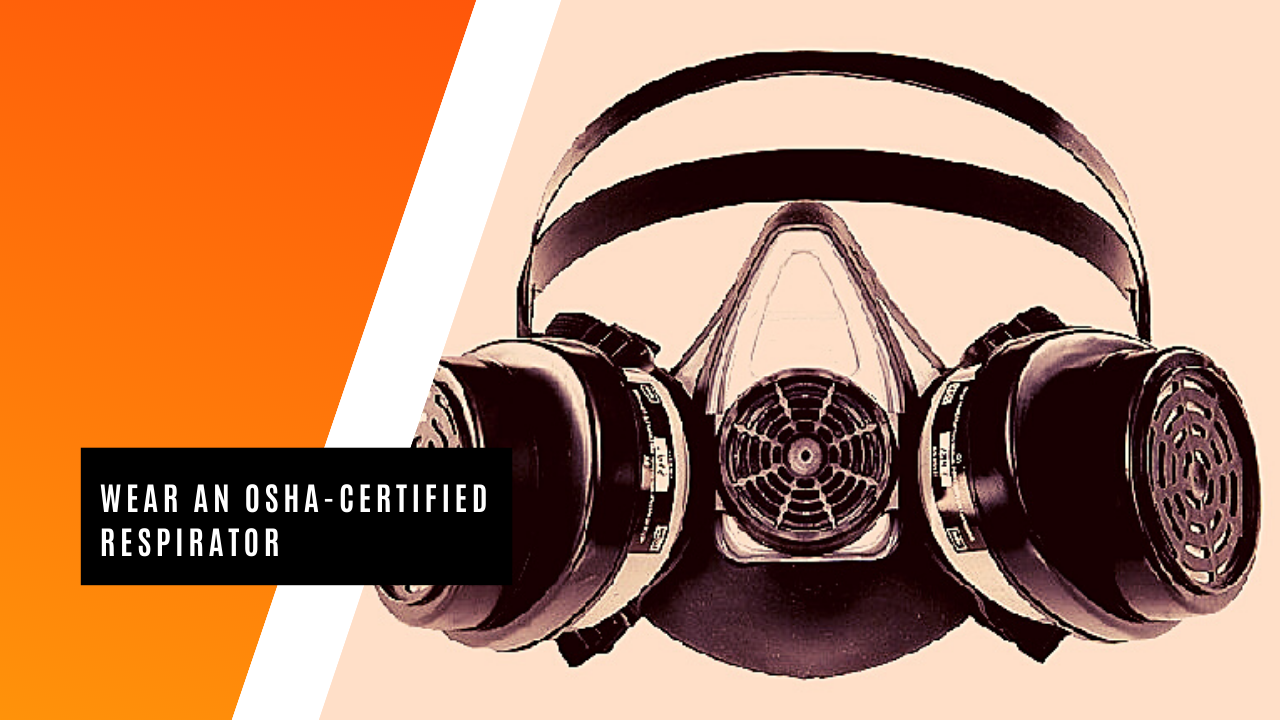
2) Wear an OSHA-Certified Respirator
According to OSHA, “Respiratory protection must be worn whenever you are working in a hazardous atmosphere. The appropriate respirator will depend on the contaminant(s) to which you expose yourself and the protection factor (PF) required.”
With this being said, the most effective respirators on the market for silica dust are single-strap dust masks, half-face respirators, and full-face respirators with the latter being the most effective to ensure full eye, mouth, and nose coverage.
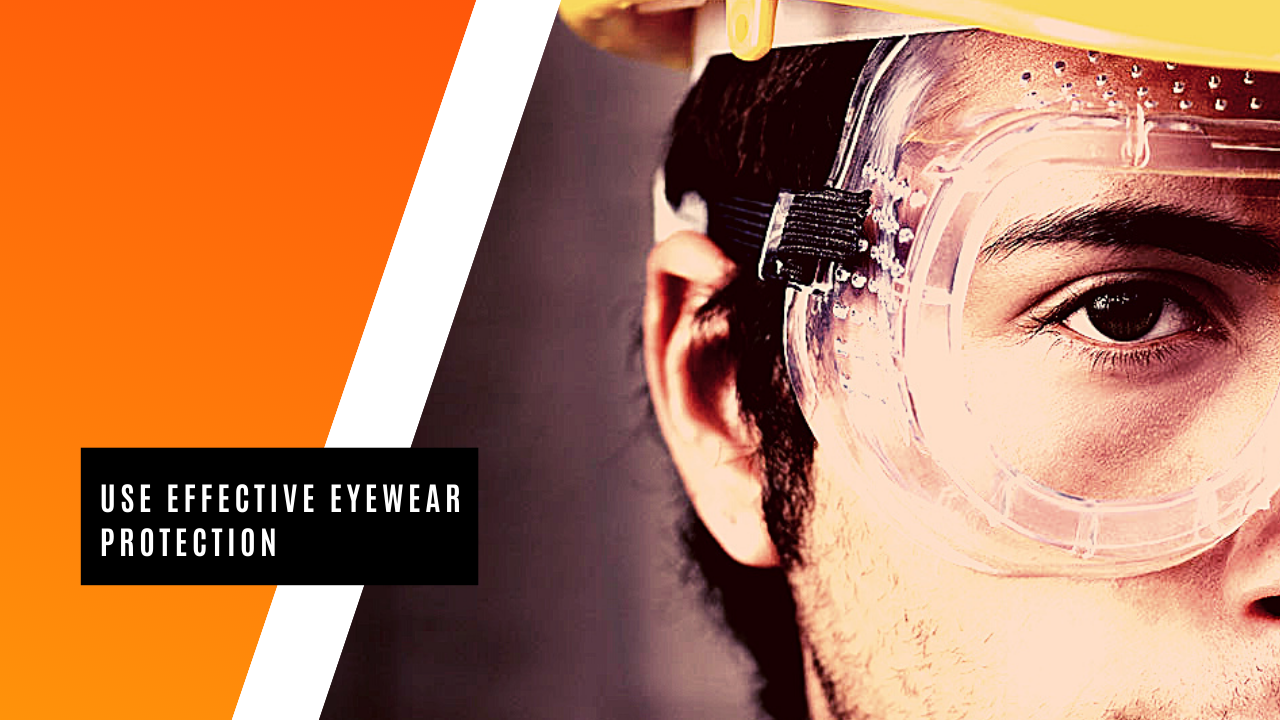
3) Use Effective Eyewear Protection
Eyewear protection is the most effective way to eliminate the possibility of silica dust entering your eyes and damaging them in the future. The best way to ensure that your eyewear is effective is to pay close attention to the most effective eyewear currently on the market and to keep the eyewear clean, secure, and readily available on every job. The main focus is to choose eyewear without many openings where dust can enter. You can opt for no goggles. However, you will still want to use protective glasses with rubber lining. This gives you that necessary barrier around your eyes.
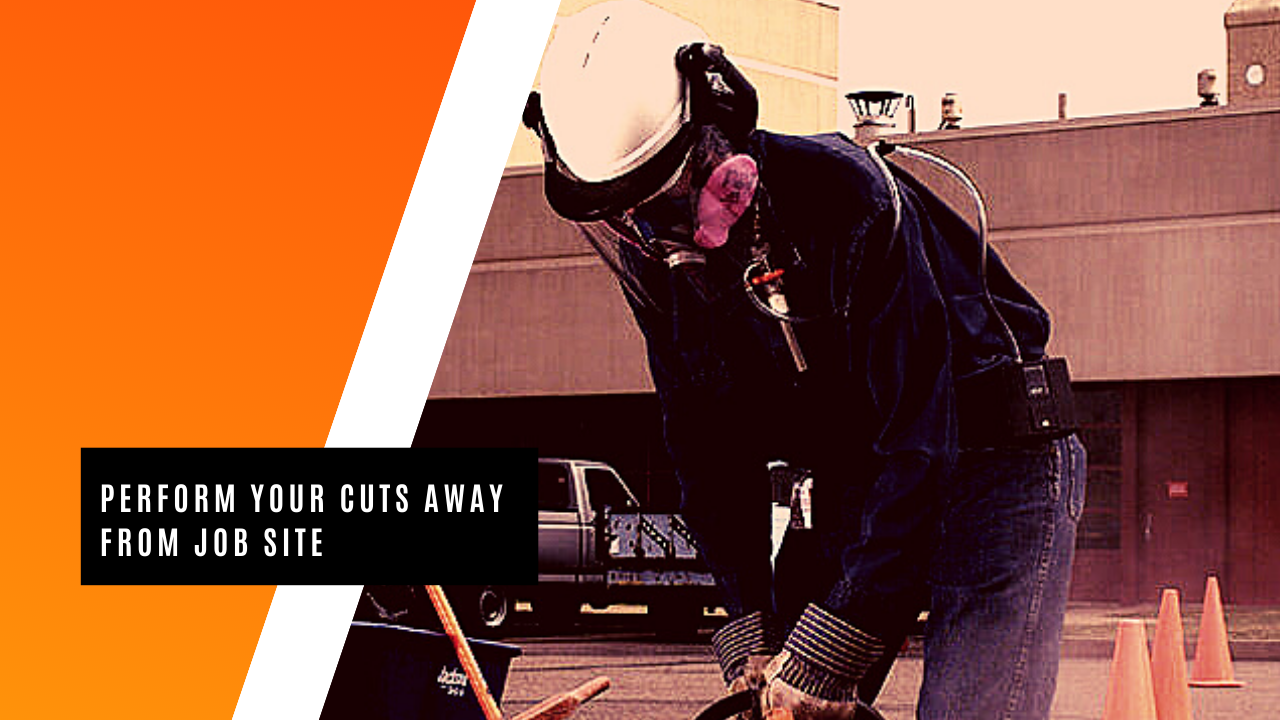
4) Perform Your Cuts Away From job Site
You may be protecting yourself through the use of eyewear, masks, and other protective gear. However, your peers on the job site will not be as lucky. This is why you should perform all dry cutting jobs far enough away from the other workers. This will avoid secondhand dust inhalation on the job site. If this is not possible, at least make sure basic masks and goggles are provided. That way you can work without harming others in the process.
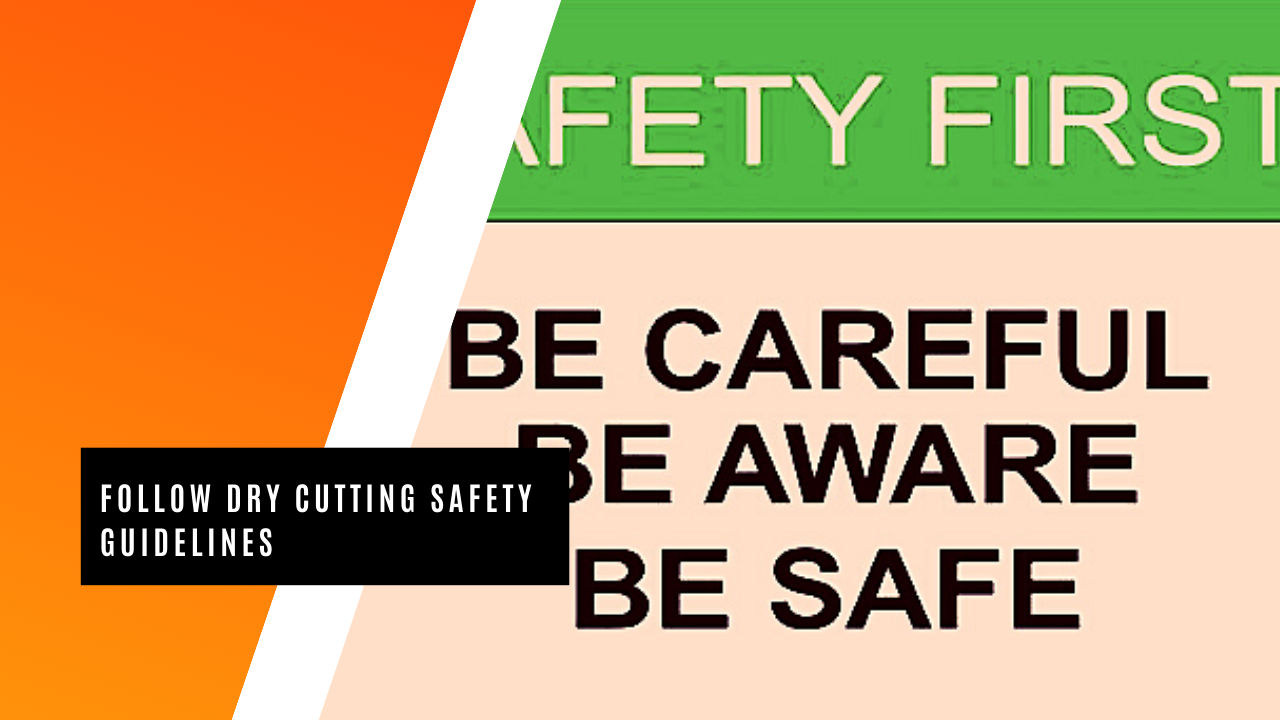
5) Follow Dry Cutting Safety Guidelines
Although the line of dust accessories here at Sawcutting Specialties are comprehensive, following simple safety guidelines is sure to help likewise in order to stay safe and follow the protocol put in place by leaders in your industry.
Fortunately, there are many dry cutting safety guidelines pieces to utilize to your advantage so as to tick every box before beginning your dry cutting project. In this way, you will ensure the safety of you, others, and the job at hand.
In the end, dry cutting may not seem that dangerous from first glance. However, you must have proper protective gear and a plan. You must also have an understanding of the safety guidelines. Lastly, a respect for the safety of all others in the job site. Without these things, you could very well face serious damage in the future. By using this list to your advantage, you can avoid this entirely. You will not be forced to use wet cutting for every project even when its less effective and time-efficient. If you need to know more about any of this protective gear, hear advice about wet vs dry cutting from professionals, or purchase any materials for the job, don’t hesitate to contact us today! We at Sawcutting Specialties are always here to help!
